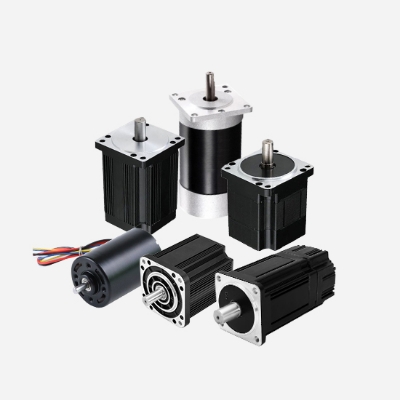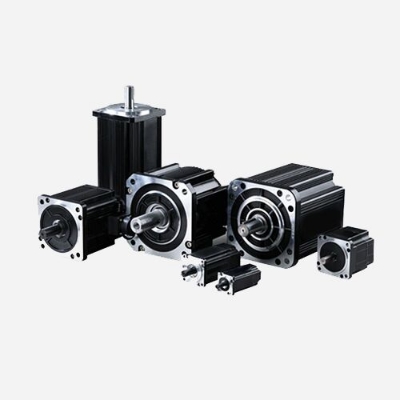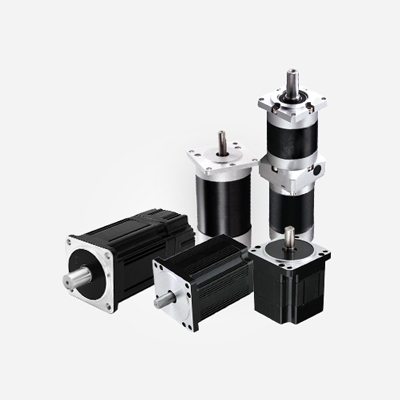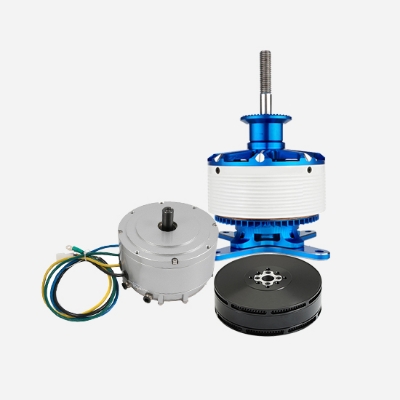In the realm of industrial automation, technological advancements have paved the way for increased efficiency, precision, and reliability. One such innovation that has garnered significant attention is the utilization of brushless gear motors. These sophisticated devices combine the benefits of brushless motor technology with the mechanical advantages of gear systems, offering a versatile solution for various automation applications. This article explores the features, advantages, and applications of brushless gear motors in industrial automation.
Brushless DC (BLDC) gear motors have gained immense popularity due to their efficiency, reliability, and precise control in various industrial and consumer applications. Whether you are designing a robotic arm, an automated conveyor system, or an electric vehicle, selecting the appropriate BLDC gear motor is crucial to ensure optimal performance. In this article, we will guide you through the key considerations to help you make an informed decision when choosing a BLDC gear motor.
The brushless DC motor consists of a motor body and a driver and is a typical mechatronic product. A brushless motor refers to a motor without brushes and commutators (or collector rings), also known as a commutator-free motor. The brushless DC motor (BLDC) replaces the mechanical commutator with an electronic commutator, so the brushless DC motor not only has the characteristics of good speed regulation performance of the DC motor, but also has the characteristics of the simple structure of the AC motor, no commutation sparks, and reliable operation and the advantages of easy maintenance.
Commutation torque pulsation is caused by the PWM inverter of the inverter and is due to current hysteresis or high-frequency current ripple generated by the inverter. During a phase change, when one phase is off and the other phase is on, the rise and fall rates of the individual phase currents are not equal. Therefore, the torque phase generated by the two currents during phase change adds a fully excited torque value, which will allow a smooth torque generation during the commutation interval.
The working principle of the car vacuum cleaner: the fan impeller of the car vacuum cleaner is driven by a high-speed DC brushless motor to form a vacuum in the host, which generates a high-speed airflow and sucks garbage from the suction port. The high-speed DC brushless motor is the core component of the vacuum cleaner, and the performance of the motor directly affects the reliability and life of the vacuum cleaner.
A brushless DC motor consists of a motor body and a driver and is a typical mechatronic product. Because the BLDC motor works in a self-controlled manner, it does not add a starting winding to the rotor like a synchronous motor with a heavy load under variable frequency speed regulation, nor does it vibrate and lose steps when the load changes suddenly.
In DC brushless motors, open-circuit transformers are widely used in electromagnetic position sensors. The open circuit transformer of a three-phase brushless motor consists of a stator and a tracking rotor. The stator usually has six magnetic poles, which are spaced 60 degrees apart. Three poles are wound with primary windings, connected in series, to a high-frequency power supply. The remaining three poles are wound with secondary windings wa, wb, and wc, respectively.
How to Run a BLDC motor?
Thursday, July 14, 2022
A Brushless motor is currently on the market for most of the Hall sensors to sense the position, and then the formula wave controller can be used for normal starting. Of course, as a power switch drive, or need to take into account some current and voltage safety protection, after all, the power device than a simple brush to be delicate, and then further can do some drive on the compensation, according to the working conditions to optimize the drive, to improve some performance. Of course, there are other ways to start the use, according to different needs, using different methods to achieve different results, the following is a brief introduction to several ways to run a brushless motor.
A brushless DC electric motor (BLDC motor or BL motor), also known as an electronically commutated motor (ECM or EC motor) or synchronous DC motor, is a synchronous motor using a direct current (DC) electric power supply. As we have seen, the benefits the 3-phase brushless DC motor offers range from low noise, high efficiency, and durability. Many brushless DC motor applications also require compact yet high torque devices, and the motor fits that perfectly.
Brushless DC motors are widely used in AI intelligence, automobiles, medical equipment, industrial automation, etc. due to their long life, low noise, and high torque. Because of their different specifications and types, the right brushless DC motors are selected to meet product performance requirements, which is very important. So how do we choose a brushless motor that is most suitable for our products?




